IELTS Writing Task 2 dạng Agree or Disagree Part 60
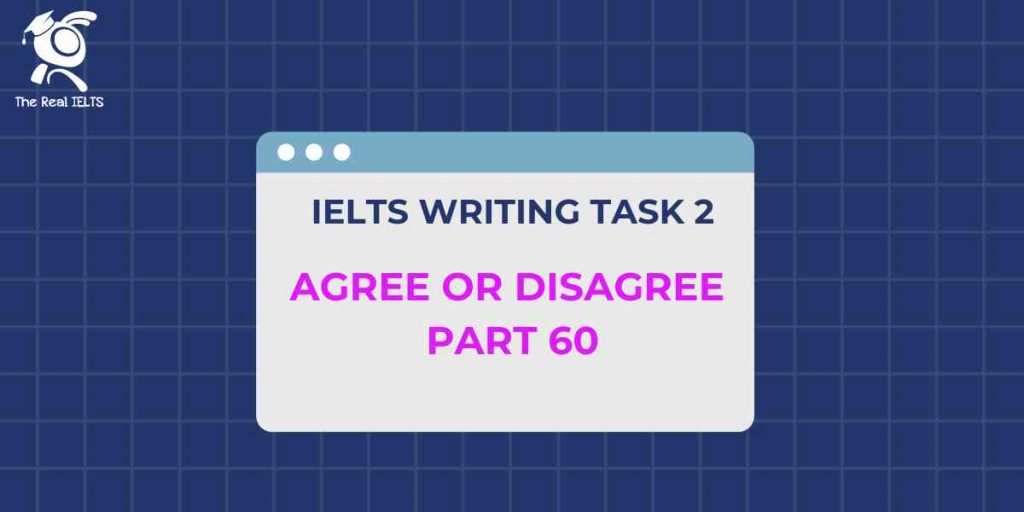

Đề bài IELTS Writing Task 2 dạng Agree or Disagree Part 60:
IELTS Writing Task 2 dạng Agree or Disagree Part 51
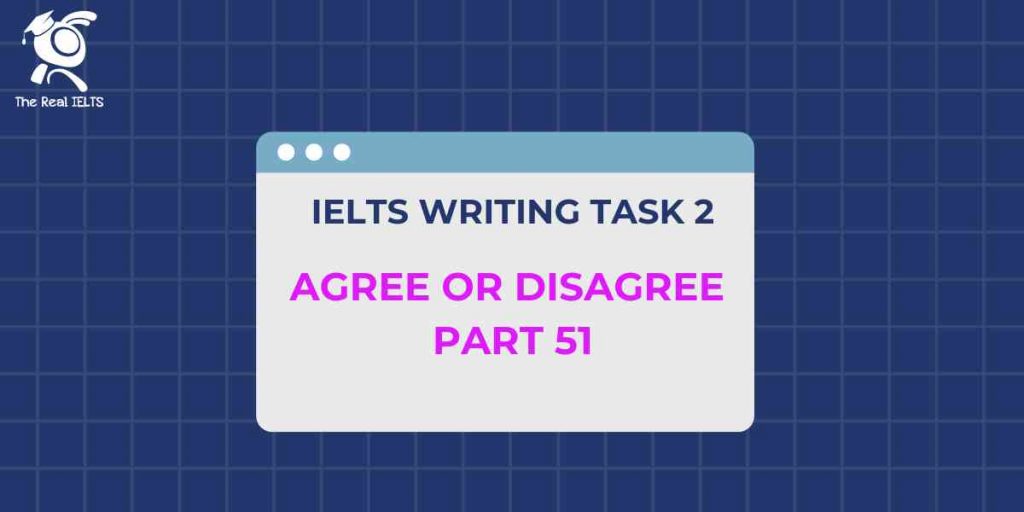

Đề bài IELTS Writing Task 2 dạng Agree or Disagree Part 51:
IELTS Writing Task 2 dạng Agree or Disagree Part 24
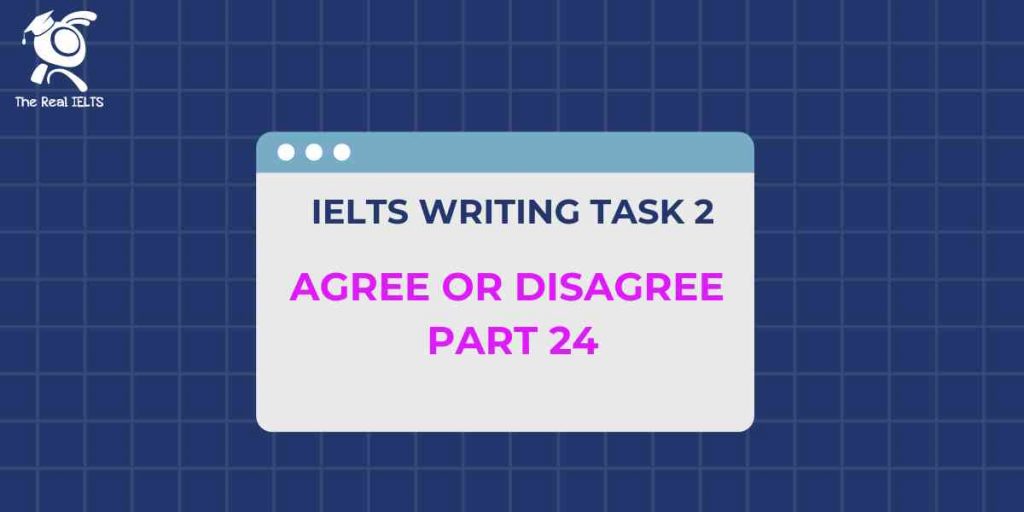

Đề bài IELTS Writing Task 2 dạng Agree or Disagree Part 24:
IELTS Writing Task 2 dạng Agree or Disagree Part 42
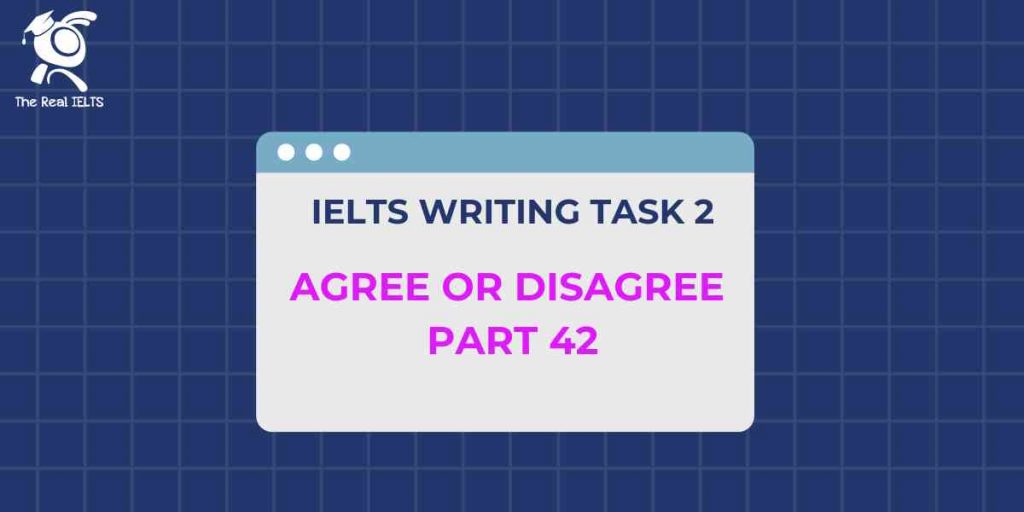

Đề bài IELTS Writing Task 2 dạng Agree or Disagree Part 42:
IELTS Writing Task 2 dạng Agree or Disagree Part 15
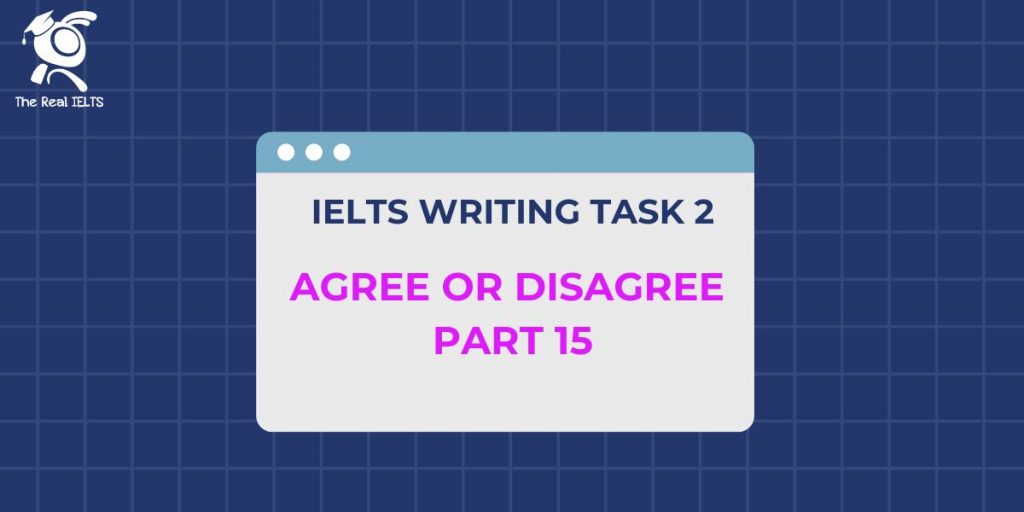

Đề bài IELTS Writing Task 2 dạng Agree or Disagree Part 15:
IELTS Writing Task 2 dạng Agree or Disagree Part 33
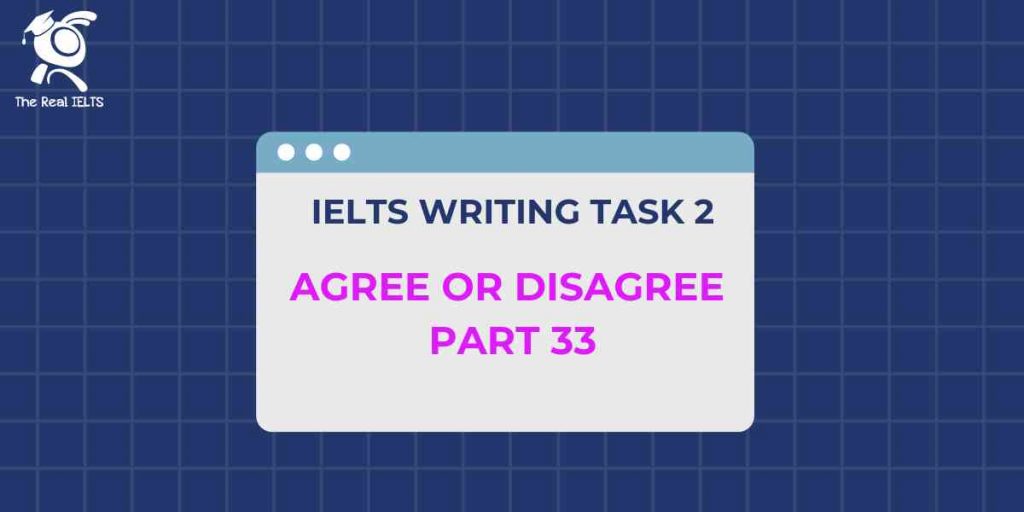

Đề bài IELTS Writing Task 2 dạng Agree or Disagree Part 33:
IELTS Writing Task 2 dạng Agree or Disagree Part 59
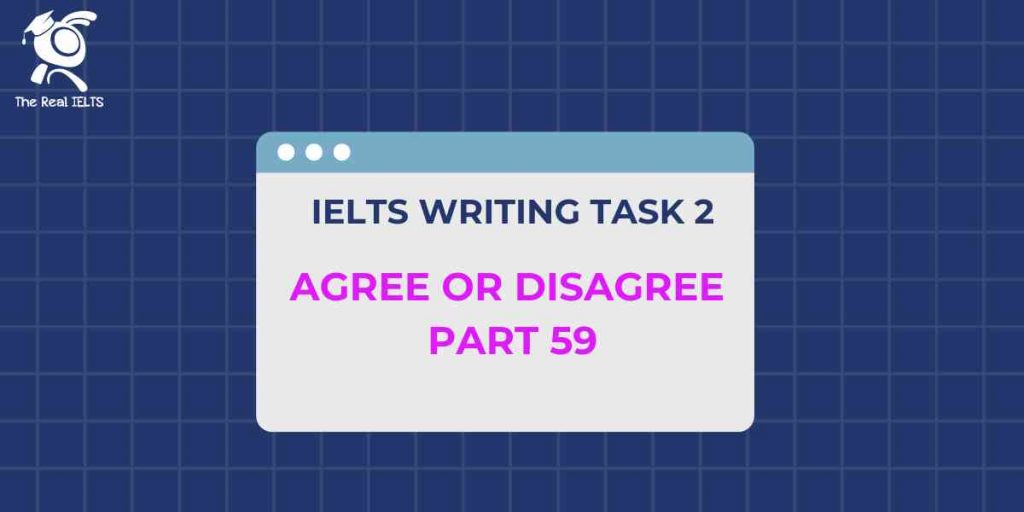

Đề bài IELTS Writing Task 2 dạng Agree or Disagree Part 59:
IELTS Writing Task 2 dạng Agree or Disagree Part 50
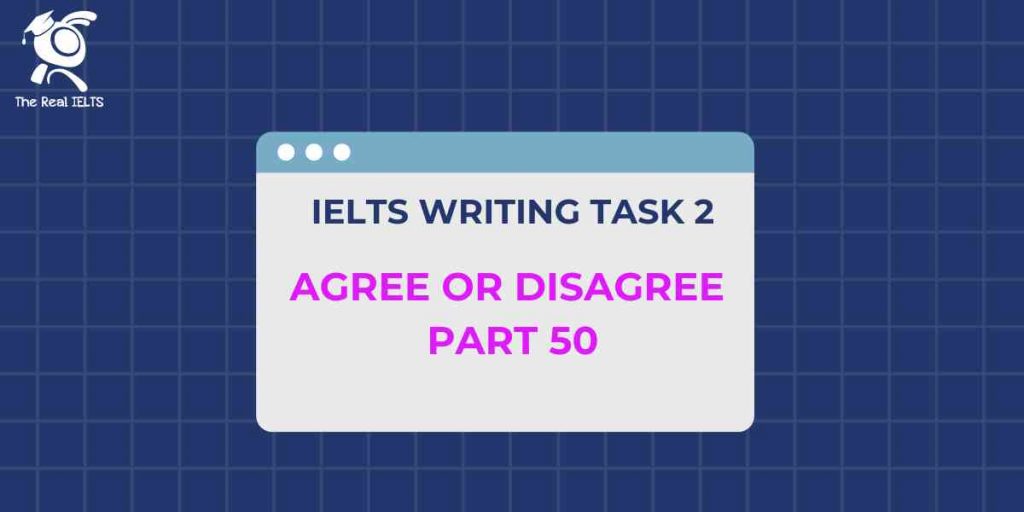

Đề bài IELTS Writing Task 2 dạng Agree or Disagree Part 50:
IELTS Writing Task 2 dạng Agree or Disagree Part 23
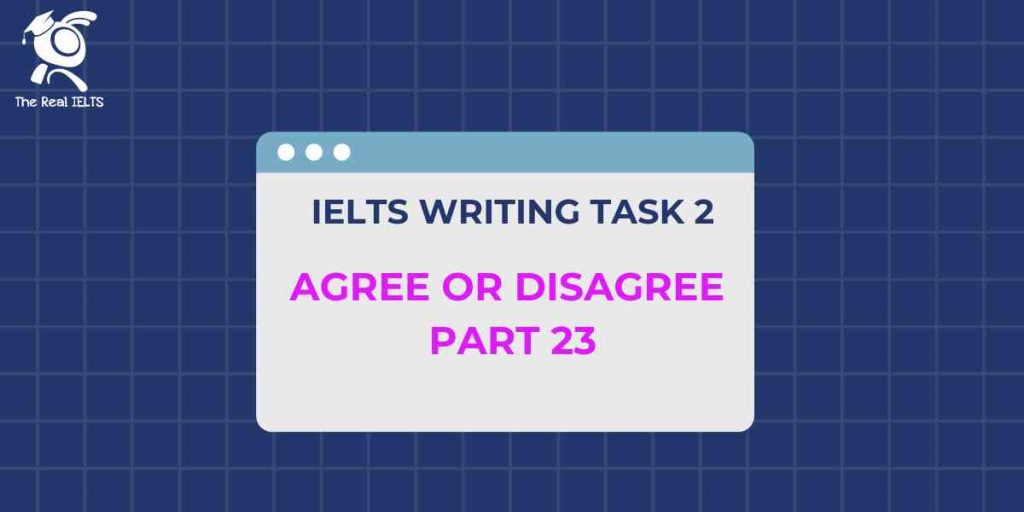

Đề bài IELTS Writing Task 2 dạng Agree or Disagree Part 23:
IELTS Writing Task 2 dạng Agree or Disagree Part 41
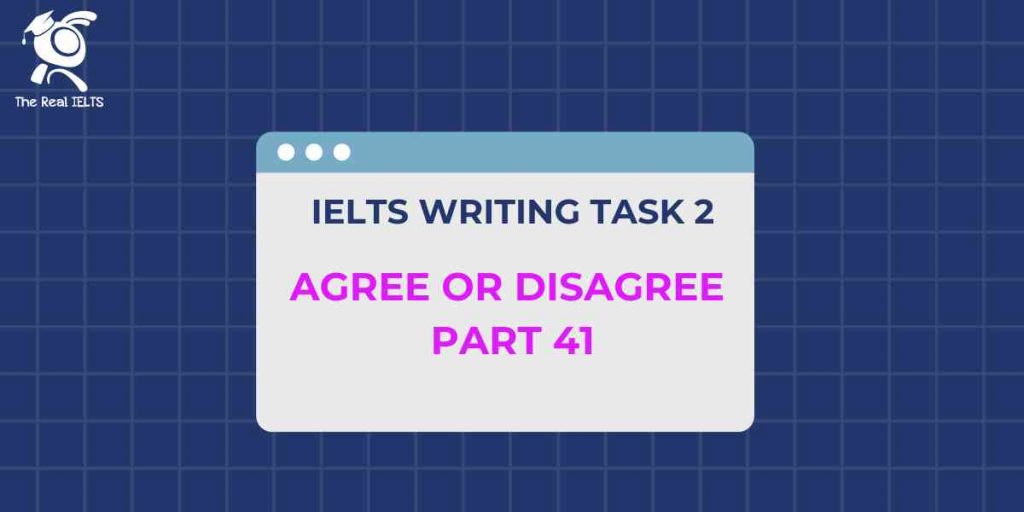

Đề bài IELTS Writing Task 2 dạng Agree or Disagree Part 41:
IELTS Writing Task 2 dạng Agree or Disagree Part 14
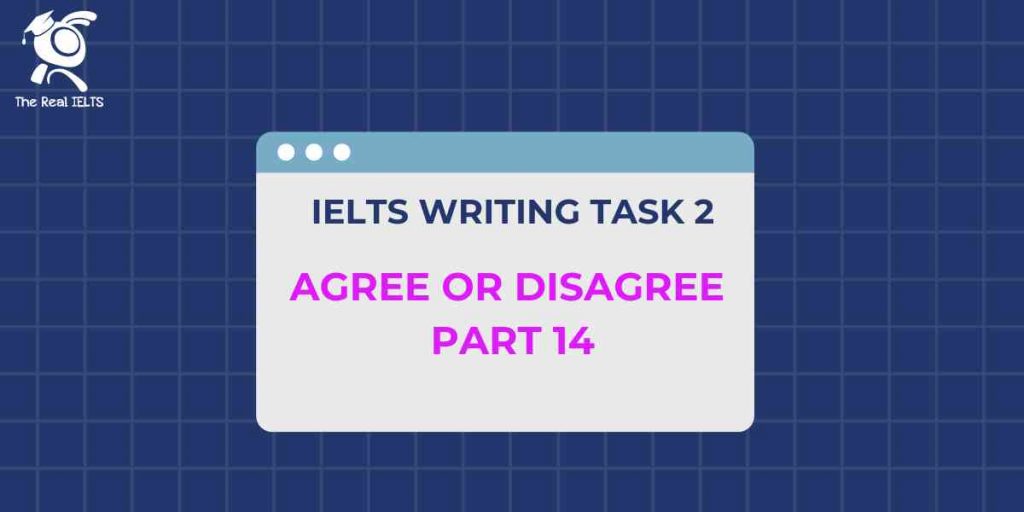

Đề bài IELTS Writing Task 2 dạng Agree or Disagree Part 14:
IELTS Writing Task 2 dạng Agree or Disagree Part 32
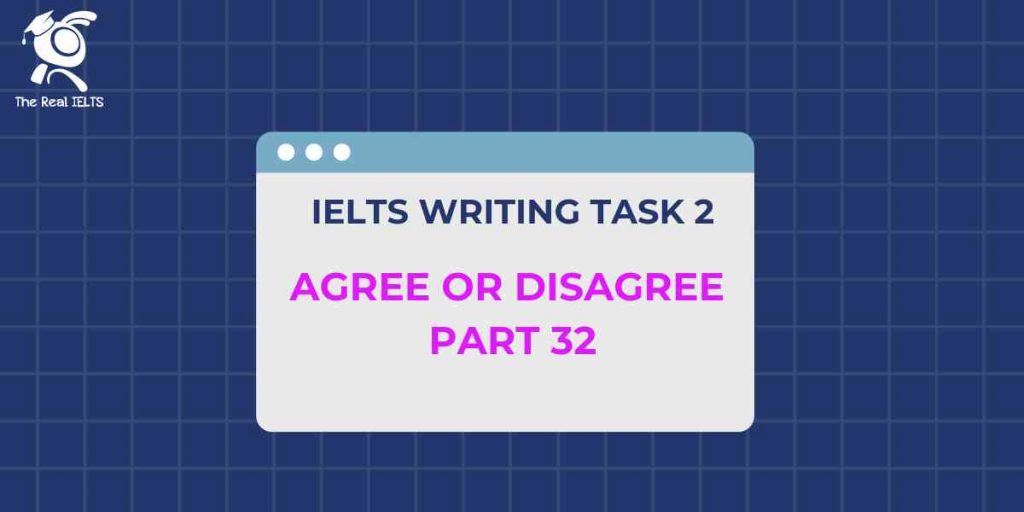

Đề bài IELTS Writing Task 2 dạng Agree or Disagree Part 32:





